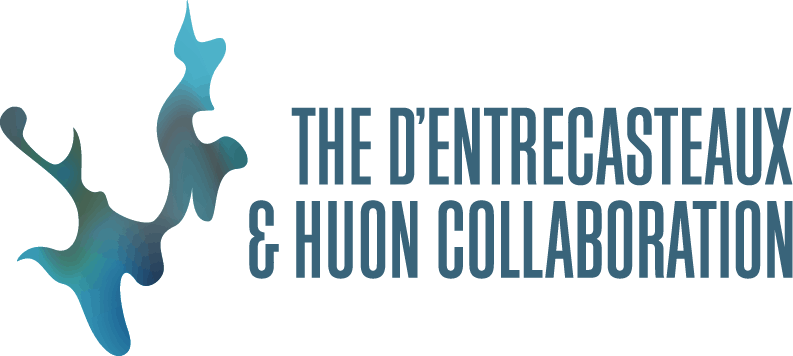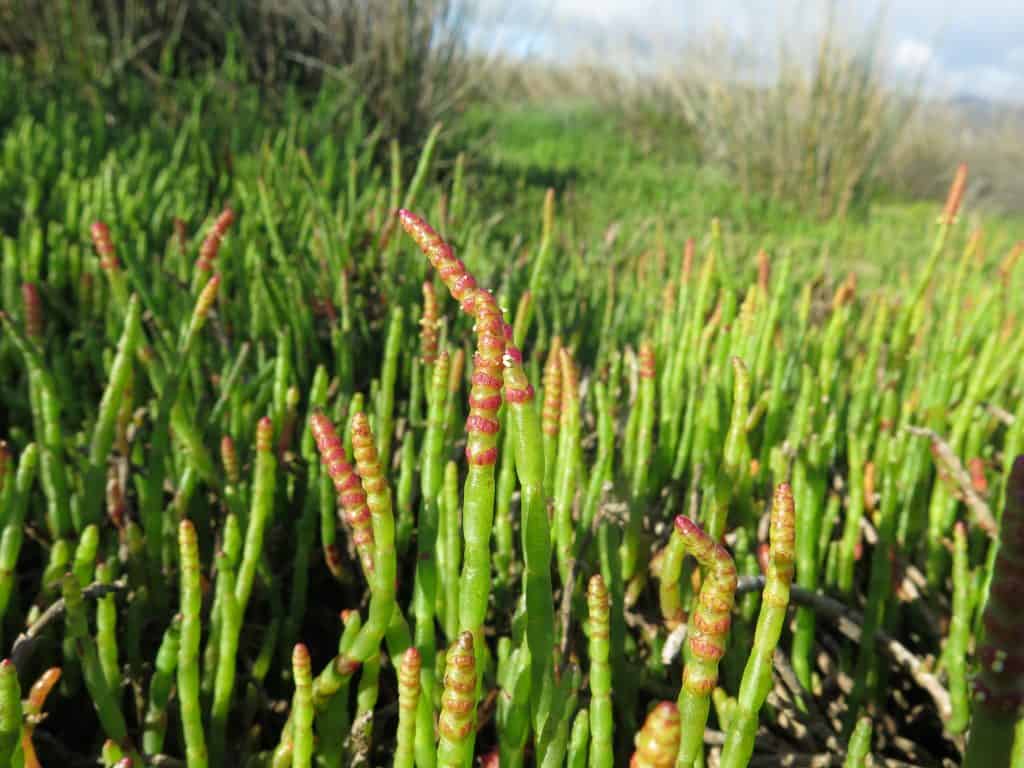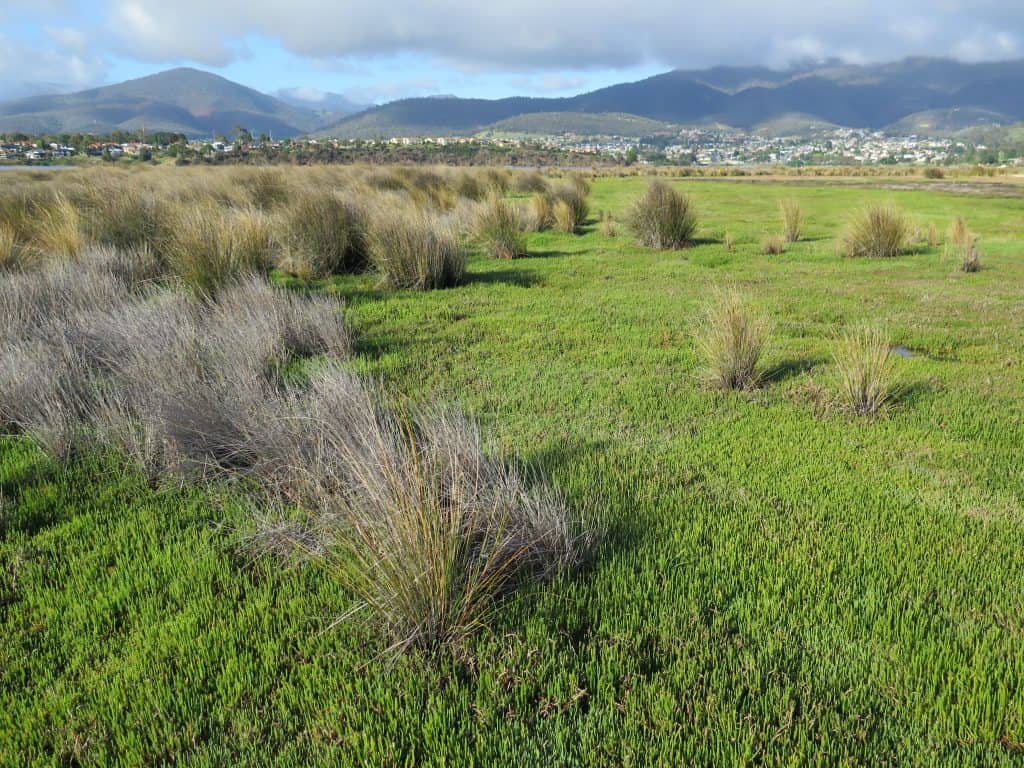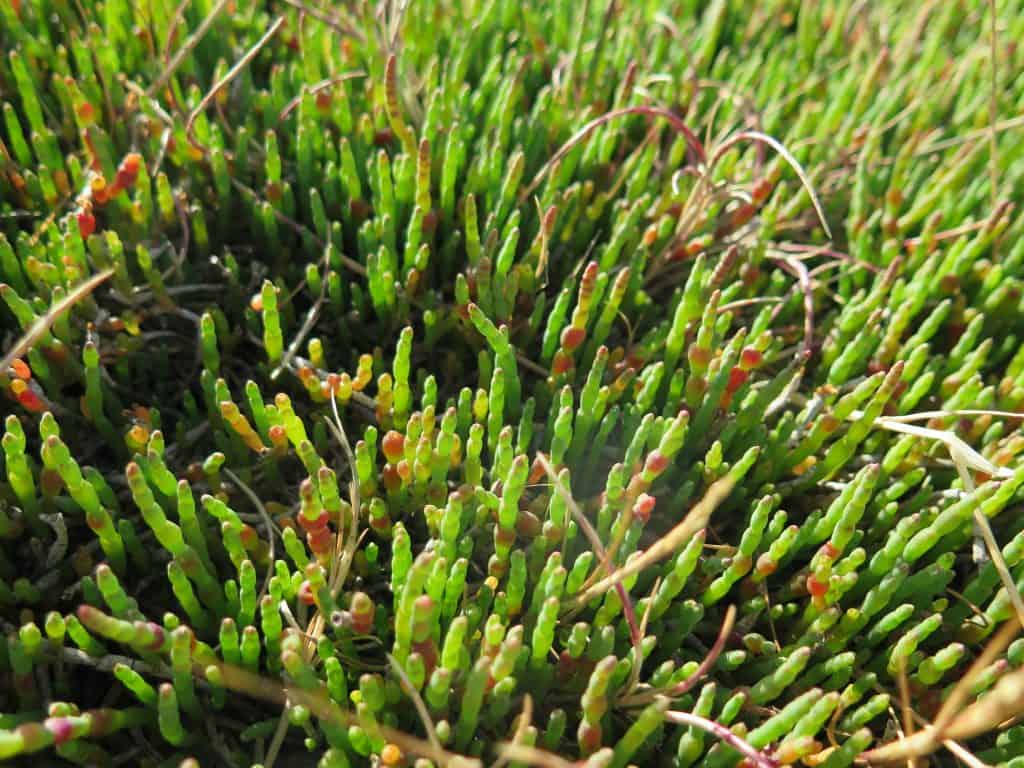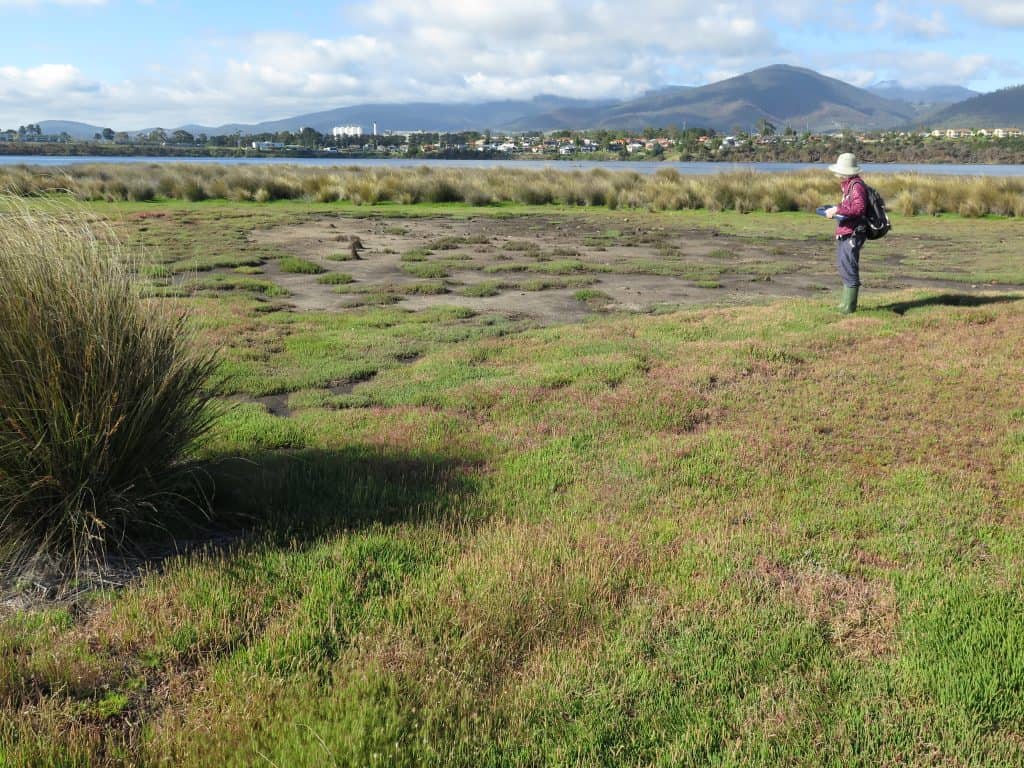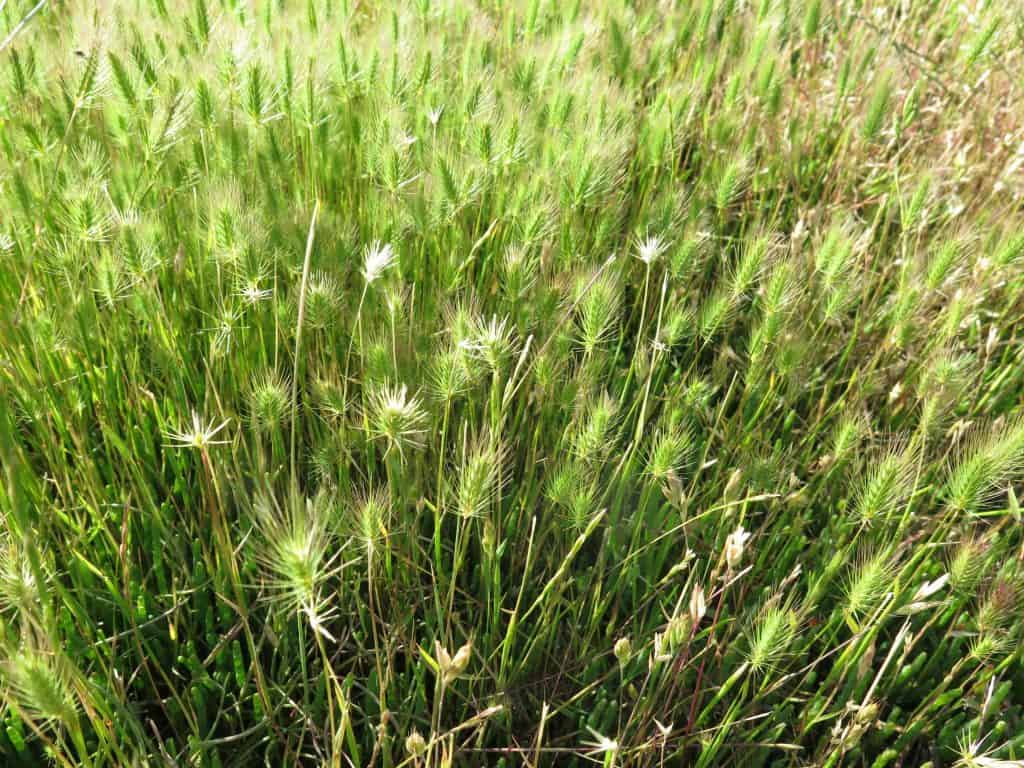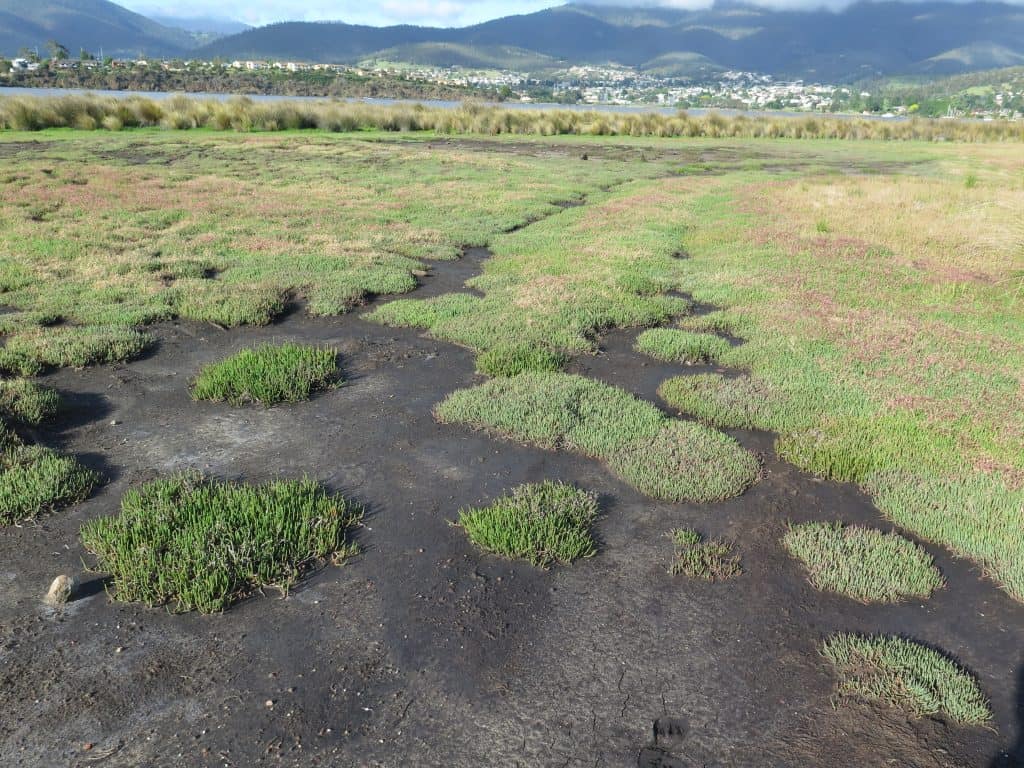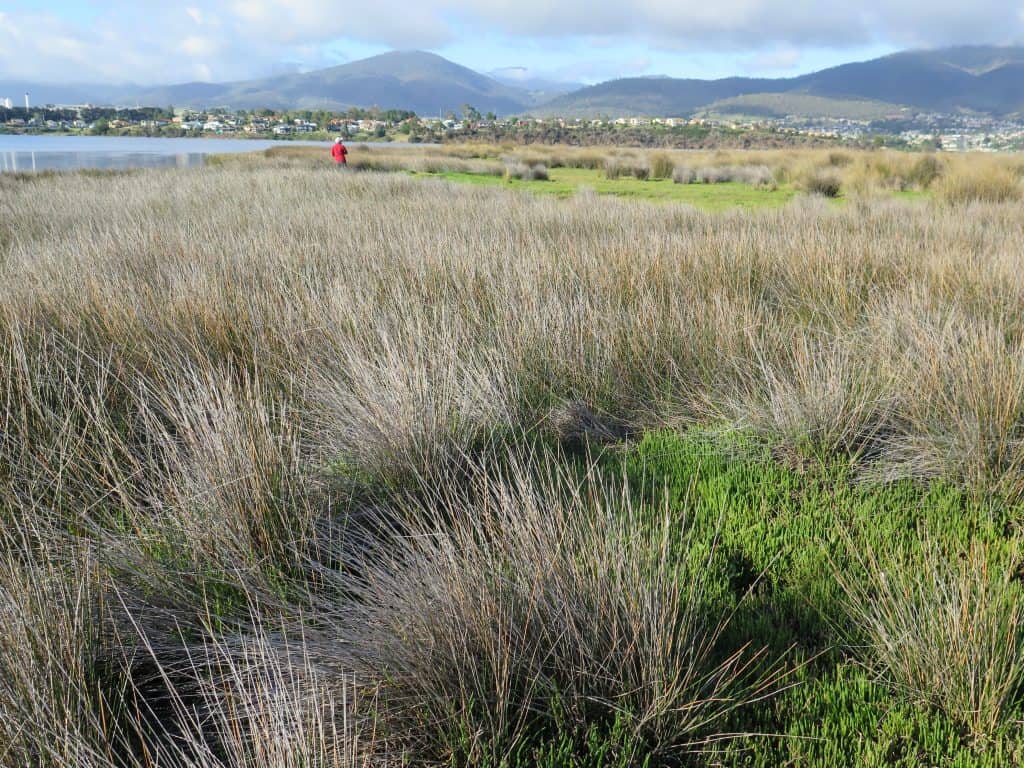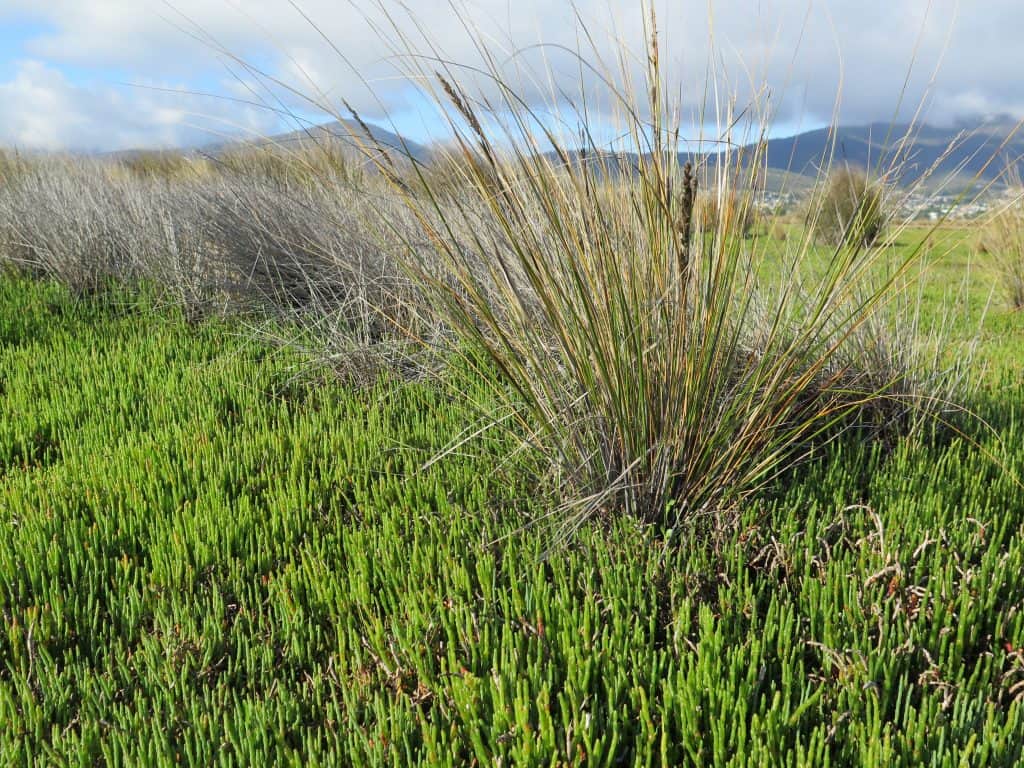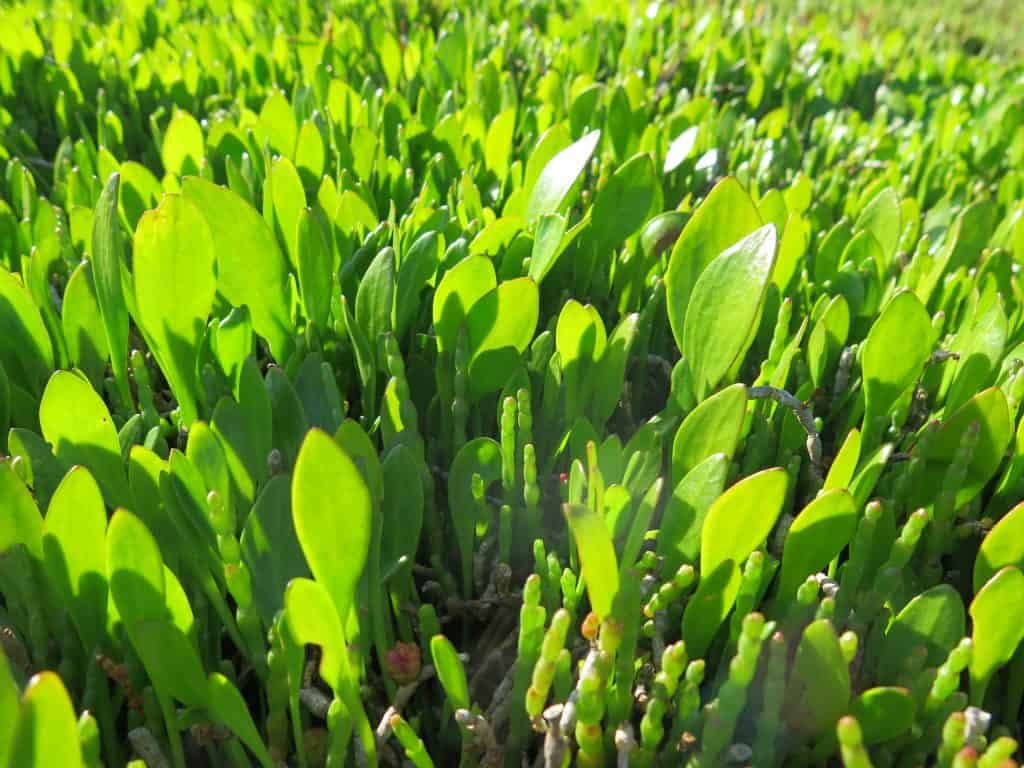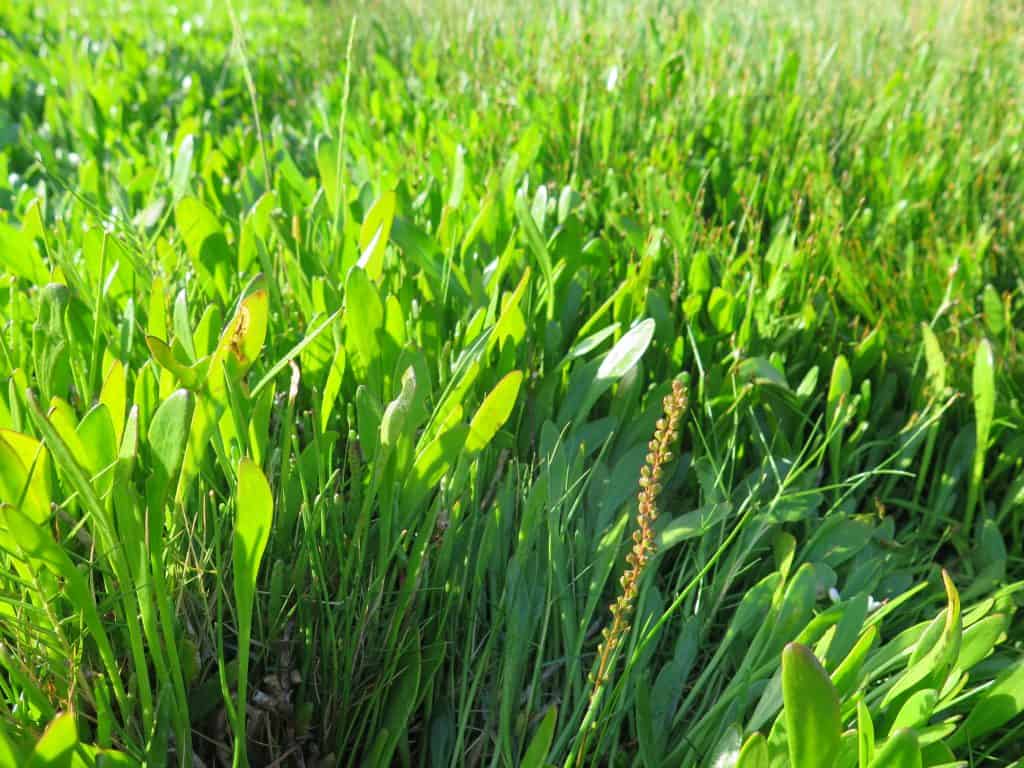Wetlands are areas you might walk through every day but don’t ever really see. Next time you are walking your dog along the waters edge or find yourself at a river mouth have a look for marshes or swamps, large grasslands or succulent lawns. To the untrained eye this habitat can seem like a wasteland and has been treated as such. Coastal wetlands, however, are diverse and valuable to humans for the ecological services they provide and also to the incredible wildlife they support. Waterbirds, fish, amphibians, reptiles rely on them for refuge, roost, nest and feeding habitat. Aquatic plant species form a corridor for migration of birds and marine mammals.
Wetlands face enormous pressures from urban development and climate change. Fifty percent of coastal wetlands have been lost from the east coast of Australia and few intact, functional and diverse wetlands remain. Despite this loss we continue to under-value and under-manage them. It’s time to acknowledge, learn and appreciate our overlooked coastal areas.
Celebrating World Wetlands Day 2019
The 2nd February marks the anniversary of the signing of the Convention on Wetlands of International Importance (Ramsar Convention) in Iran 1971. All over the country seminars, nature walks, festivals and tours are run to raise public awareness of wetland values, benefits and promote the conservation and wise use of these unique areas. This year, the international theme is ‘Wetlands and climate change’.
Wetlands are vulnerable to climate change but can also play an important role in our approach to climate change mitigation and adaptation. They can capture and store carbon, and provide resilience to flooding, storm surge and sea level rise.
Wetlands are largely threatened by lack of understanding. Losing wetlands brings us a step closer to losing threatened species such as birds species the Australasian bittern (Botaurus poiciloptilus), the Eastern Curlew (Numenius madagascariensis), the Green and Gold Frog (Litoria raniformis), the rare saltbush blue butterfly (Theclinesthes serpentata lavara) or plants: Tasmanian dodder (Cuscuta tasmanica), Silky Wilsonia (Wilsonia humilis). It is critical that we know where wetlands are, and fund research to document changes. Celebrating wetlands is the first step in understanding and protecting them. This February 2nd May get out to a Ramsar site or local wetland area. Smell the mudflats, see the waterbirds and enjoy the building blocks of life.
